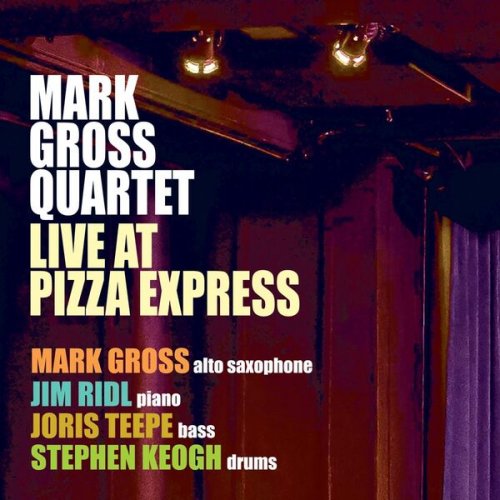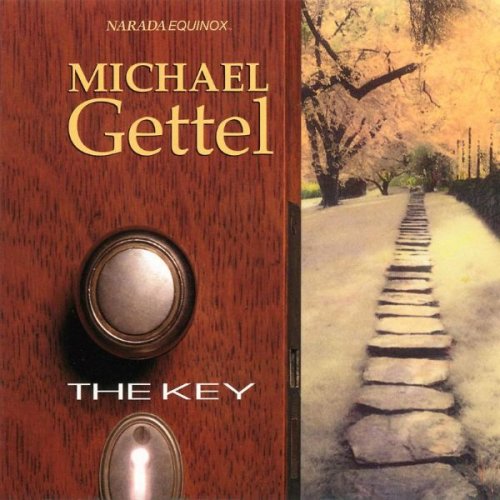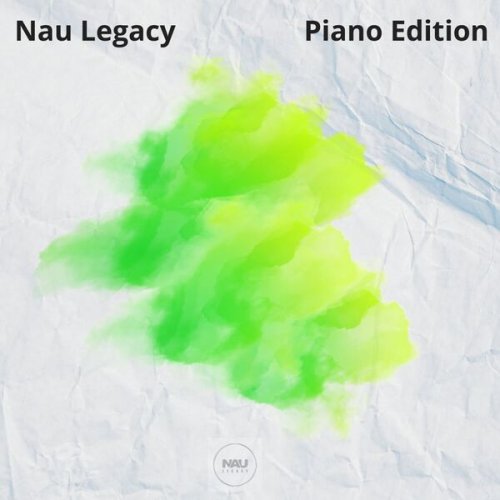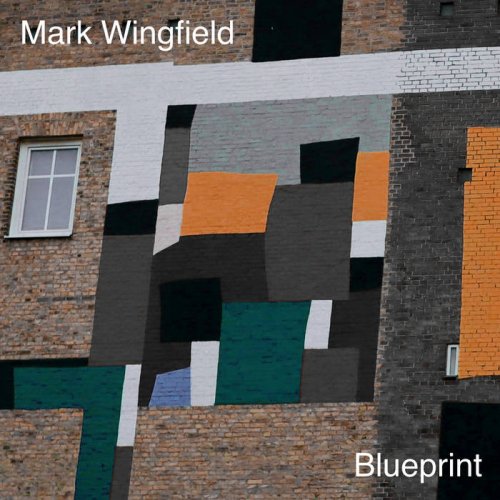Conrad Tao - Adam Roberts: Book of Flowers (2025) [Hi-Res]

Artist: Conrad Tao
Title: Adam Roberts: Book of Flowers
Year Of Release: 2025
Label: New Focus Recordings
Genre: Classical
Quality: flac lossless (tracks) / flac 24bits - 96.0kHz +Booklet
Total Time: 00:55:33
Total Size: 196 / 813 mb
WebSite: Album Preview
TracklistTitle: Adam Roberts: Book of Flowers
Year Of Release: 2025
Label: New Focus Recordings
Genre: Classical
Quality: flac lossless (tracks) / flac 24bits - 96.0kHz +Booklet
Total Time: 00:55:33
Total Size: 196 / 813 mb
WebSite: Album Preview
01. Book of Flowers: No. 1, Points of Departure
02. Book of Flowers: No. 2, Hard Fall
03. Book of Flowers: No. 3, Chaconne (Pink Flowers with Thorns)
04. Book of Flowers: No. 4, Uprising
05. Book of Flowers: No. 5, Outcry
06. Book of Flowers: No. 6, Shavasana
07. Book of Flowers: No. 7, Isosceles
08. Book of Flowers: No. 8, Rolling Waves
09. Book of Flowers: No. 9, Mad Dance
10. Book of Flowers: No. 10, Stained Glass
11. Book of Flowers: No. 11, Brutality
12. Book of Flowers: No. 12, 11 Bells for Jon
13. Book of Flowers: No. 13, Underground Waves
14. Book of Flowers: No. 14, Block Screams
15. Book of Flowers: No. 15, Tide Ripple
16. Book of Flowers: No. 16, Final Declamation
There is a connection one forms with a physical book that cannot be replicated by digital formats, as much as a Kindle may try. And that connection is even deeper when it has developed between a performer and a score, doubly so with a book of scores organized as a collection. So many of us can recall the edges of our score books fraying after months of practice; within that wear is woven the threads of a relationship to the music. Of course it is the material within that ultimately is the catalyst. On Book of Flowers, composer Adam Roberts reflects on the lineage of collections of music, in book form but also conceptually, and the bond it cultivates with the performer. Book of Flowers is a large-scale work made up of several shorter pieces, referencing the tradition, from the two books of Bach’s Well Tempered Clavier onward to Schumann’s Carnaval or Davidsbündlertänze. Roberts honors this tradition while taking it in his own direction, creating a work that revels in pianistic brilliance and intimate resonance. While we cannot know of course if Conrad Tao is performing from a physical score or iPad, his virtuosic rendition encapsulates the spirit of the large scale piano book, delivered with a kind of heroism and expressive range that matches the scale of the piece.
Roberts writes that the sixteen pieces heard together can be conceived in three “acts” that create large scale formal pillars. The first large section ends with the fifth track, “Outcry,” the second begins with “Shavasana” and closes with “Stained Glass,” and the last opens with “Brutality” and finishes aptly with “Final Declamation.” Within these larger arcs, shared affinities develop between individual pieces. The work’s opening piece, “Points of Departure,” is a meditation that grows from an annunciatory middle D into watery melodic figures over tolling bass note chords. “Shavasana” (track 6) is similarly reflective, carrying over and expanding upon the luminous bass sonorities while delicately ornamented figures unspool in the higher register. “Stained Glass” (track 10) is the third piece in this introspective vein, this time exploring fuller chord voicings.
In contrast, several pieces in Book of Flowers lean towards angular, forceful music. “Hard Fall” (track 2) features powerfully cascading descending figures, sequenced patterning, and deft trills. “Isosceles” (track 7) revels in asymmetrical rhythms that emerge from quick ornamental repeated motives. Pensive chordal phrases break up the restless energy. “Mad Dance” (track 9) shares the same spirit, here animated by swooping ascending glissandi and accented chords crashing in between jagged lines. Repeated pedal points in the high register propel furtive figures below, the piece becomes momentarily pointillistic, and finally returns to the opening material.
Water references abound in several of the movements, evoking gentle and more dramatic movement. “Rolling Waves” (track 8) is the first of those, starting off with a theme characterized by melodic leaps colored by oscillating trills. The surf calms down briefly for arpeggios that bask in their resonant sustain before its force picks up once again, accumulating to a dramatic high arrival, followed by a delicate ascending phrase. “Underground Waves” (track 13) is inspired by the texture in Chopin’s Étude op. 25, no. 1, setting the undulation in the low register to support a rising melody. This stormy motive alternates with light, high register figuration, appearing in both accented, mechanical and soft, harp-like guises. “Tide Ripple” (track 15) is a Debussy-esque spinning out of arpeggios and rich harmonies in a multi-voiced texture. Roberts consciously sends the material in “Tide Ripple” off in all paths, in contrast to the directional focus on some of the other pieces.
Some of the pieces stand alone in their individuality. “Chaconne (Pink Flowers with Thorns)” builds its variations from a haunting five chord progression, proceeding to explore many of the keyboard textures that spin out in other movements. “Outcry” builds from the arresting opening polytonal sonority, with outbursts signaling changes in harmony followed by embellishments that reinforce its resonance. Salvatore Sciarrino’s Sonata no. 4 is the inspiration for “Brutality” (track 11), an insistent, tightly coordinated machine of interlocking figures and rhythms that jumps widely between registers. “11 Bells for Jon” (track 12) features sonorous flourishes that draw the listener into the instrument’s sustain, punctuated by fragile, high repeated cells and trills.
“Final Declamation” (track 16) is the longest piece in the set, and serves as its culmination, incorporating and summing up many of the ideas that appeared in previous pieces. We hear cathartic chords animated by forceful trills, asymmetrical descending arpeggiations that incorporate slight variations in grouping, planed harmonies, and a luminous closing section that synthesizes dramatic chords, deft embellishment, and rich bass pedal points. “Final Declamation” is a closing movement worthy of the scope of Book of Flowers as a whole, a culmination of the dialogue between the parts and the whole that one can only feel after living with its entirety, either as a listener, or a performer who has lived with the tome over time.




![Tomasz Stanko, Polskie Radio - Jazz Rock Company: Live at Akwarium (Polish Radio Sessions vol. 6/6) (2025) [Hi-Res] Tomasz Stanko, Polskie Radio - Jazz Rock Company: Live at Akwarium (Polish Radio Sessions vol. 6/6) (2025) [Hi-Res]](https://www.dibpic.com/uploads/posts/2025-12/1765796554_cover.jpg)



